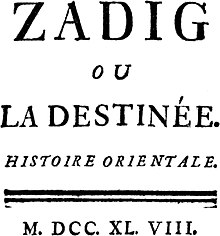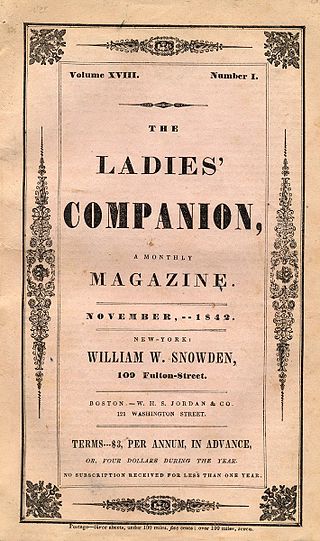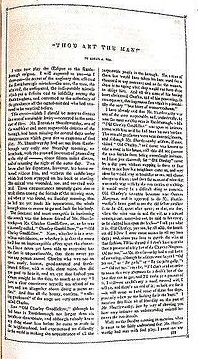History
The fairy tale The Three Princes of Serendip is based upon the life of Persian King Bahram V, who ruled the Sassanid Empire (420–440). Stories of his rule are told in epic poetry of the region (Firdausi's Shahnameh of 1010, Nizami's Haft Paykar of 1197, Khusrau's Hasht Bihisht of 1302), parts of which are based upon historical facts with embellishments derived from folklore going back hundreds of years to oral traditions in India and The Book of One Thousand and One Nights . With the exception of the well-known camel story, [8] English translations are very hard to come by.
Talmudic version
A version of the fable of a camel blind in one eye is included in the Talmud, attributed to Rabbi Yochanan. While it might be seen as implying that gentiles, in comparison to Jews, are rude and defecate on the road, it is worth noting that Jewish law has strong injunctions of modesty and cleanliness, including strict injunctions against open or public urination or defecation.
Rava relates the following in the name of Rabbi Yochanan:—"Two Jewish slaves were one day walking along, when their master, who was following, overheard the one saying to the other, 'There is a camel ahead of us, as I judge—for I have not seen—that is blind of one eye and laden with two skin-bottles, one of which contains wine and the other oil, while two drivers attend it, one of them an Israelite, and the other a Gentile.' 'You perverse men,' said their master, 'how can you fabricate such a story as that?' The slave answered, and gave this as his reason, 'The grass is cropped only on one side of the track, the wine, that must have dripped, has soaked into the earth on the right, and the oil has trickled down, and may be seen on the left; while one of the drivers turned aside from the track to ease himself, but the other has not even left the road for the purpose.' Upon this the master stepped on before them in order to verify the correctness of their inferences, and found the conclusion true in every particular. He then turned back, and ... after complimenting the two slaves for their shrewdness, he at once gave them their liberty."
— Sanhedrin, fol. 104, col. 2. [9]
Zadig

In chapter three of Voltaire's 1747 novel Zadig , there is an adaptation of The Three Princes of Serendip, this time involving, instead of a camel, a horse and a dog, which the eponymous Zadig is able to describe in great detail from his observations of the tracks on the ground. When he is accused of theft and taken before the judges, Zadig clears himself by recounting the mental process which allows him to describe the two animals he has never seen: "I saw on the sand the tracks of an animal, and I easily judged that they were those of a little dog. Long, shallow furrows imprinted on little rises in the sand between the tracks of the paws informed me that it was a bitch whose dugs were hanging down, and that therefore she had had puppies a few days before."
Zadig's detective work was influential. [10] Cuvier wrote, in 1834, in the context of the new science of paleontology:
Today, anyone who sees only the print of a cloven hoof might conclude that the animal that had left it behind was a ruminator, and this conclusion is as certain as any in physics and in ethics. This footprint alone, then, provides the observer with information about the teeth, the jawbone, the vertebrae, each leg bone, the thighs, shoulders and pelvis of the animal which had just passed: it is a more certain proof than all Zadig's tracks. [10]
T. H. Huxley, the proponent of Darwin's theories of evolution, also found Zadig's approach instructive, and wrote in his 1880 article "The method of Zadig":
What, in fact, lay at the foundation of all Zadig's arguments, but the coarse, commonplace assumption, upon which every act of our daily lives is based, that we may conclude from an effect to the pre-existence of a cause competent to produce that effect? [11]
Edgar Allan Poe in his turn was probably inspired by Zadig [12] [13] when he created C. Auguste Dupin in "The Murders in the Rue Morgue", calling it a "tale of ratiocination" wherein "the extent of information obtained lies not so much in the validity of the inference as in the quality of the observation." Poe's M. Dupin stories mark the start of the modern detective fiction genre. [14] Émile Gaboriau and Arthur Conan Doyle were perhaps also influenced by Zadig. [10]













